It is a bit of an irony that while the winter is at its peak in Delhi and much of north India, there is a festival in central Delhi trying to convince people about the existence of local Indian wool which has little demand.
Centre of Pastoralism, which is organising the wool festival called desi oon festival at Mandi House’s Triveni Kala Sangam from December 17-20, has taken up the initiative to bring to light the organisations that are reaching out to the local herders and procuring their wool and producing goods out of them.
“There are 44 recognised breeds for sheep and goats in India which can provide you with best quality wool. Somehow the aggregation isn’t happening. We are also importing a large amount of wool. We are getting Chinese waste wool. We are getting that in huge quantity. We are importing it. Local economy is getting damaged because of it,” said Ghatit Laheru from Khamir, an organisation dealing with crafts, heritage and culture of the Kachchh region in Gujarat.
The Kachchh region as well as the Deccan region were represented at the festival with stalls. Though the wool from Himalayan states, including Northeast, also represented through different stalls, is softer than the extremely coarse one from Kachchh and south but as compared to the imported one, the Indian one as a whole is deemed coarse.
“India is one of the largest producers of wool but our wool is considered coarse and most of the wool is going into the carpet industry,” added Laheru.
Besides stalls of wool from various regions, there was live demonstration on how to spin a yarn from the wool that has been sheared. It was done manually as well as with machine.
Laheru, along with others from organisations like Kullvi Whims from Kullu region and It’s all folk from Arunachal Pradesh, felt that local economies need to be developed.
“If we can build local economies, so the local communities that breed sheep be benefit. The artisans, spinners and weavers, their craft will get confidence. This exhibition is to celebrate our culture, heritage and raise the issue. We are producing 40 million kg wool in a year. India has 75 million sheep. It is the second largest population of sheep in the world,” said Laheru.
According to him and others there, majority of the Indian wool is wasted with the herders as there is no organised system to collect and transport it.
Because most of the wool at the exhibition was coarse and also expensive (pullovers were around Rs 4,000), Delhiites weren’t that keen in buying. There were few visitors and they just observed the products and activities.
Paresh Mangliani, who came to Delhi from Kachchh for the exhibition said the wool industry needs to be developed and the wool needs to be improved.
“I am wearing this muffler made of wool from Australia. It is very soft. If I myself am wearing this since it is comfortable, why would people here want the coarse one from Kachchh,” he said.
Nisha R., who works for Kullvi Whims, said that Indian wool can be broadly segregated into two.
“The one from Himalayan states, which we are selling, is used for knitting and weaving as it is a bit softer while the one from Gujarat and Deccan (Karnataka wool had a stall) is used to felting,” she explained.
Namrata Tiwari of It’s all folk said they are trying to use the yak wool in their products.
“We are trying to bring yak wool to use. We cannot use it fully. But we are blending it with other fabric to create purses, bags among other things,” she said.
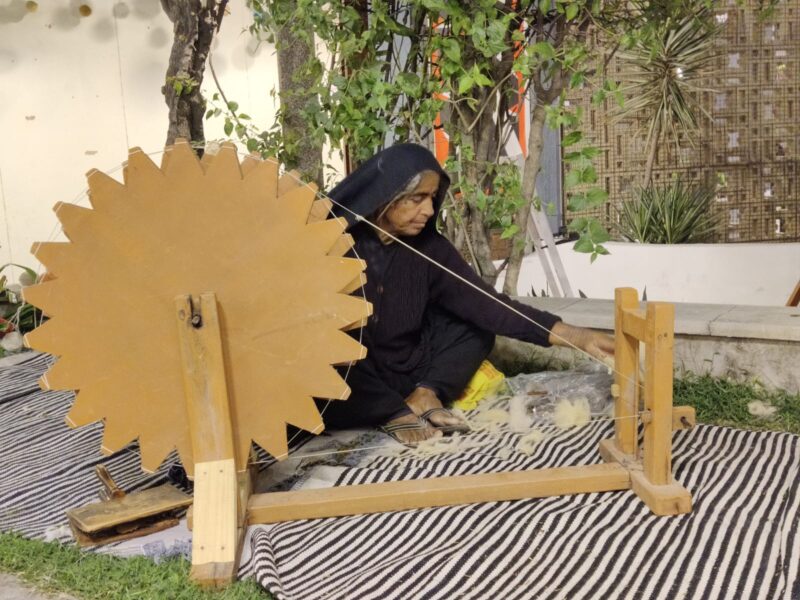
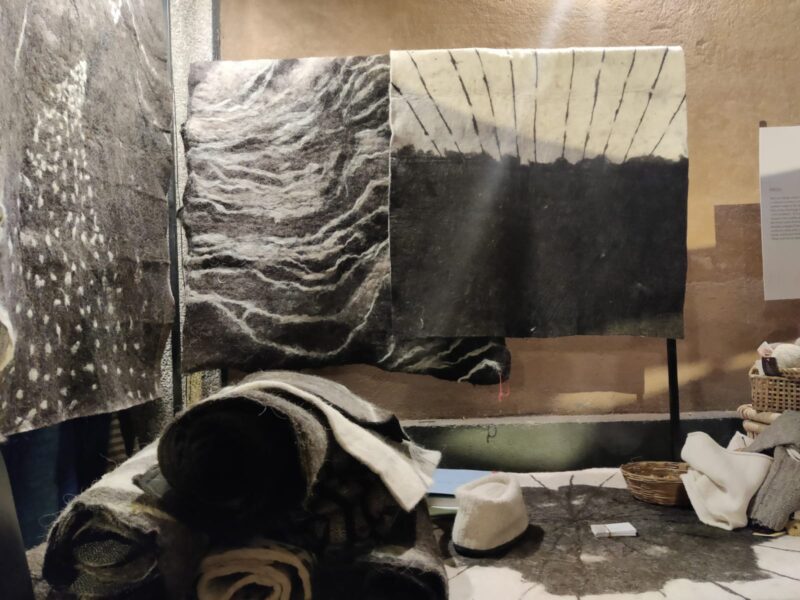
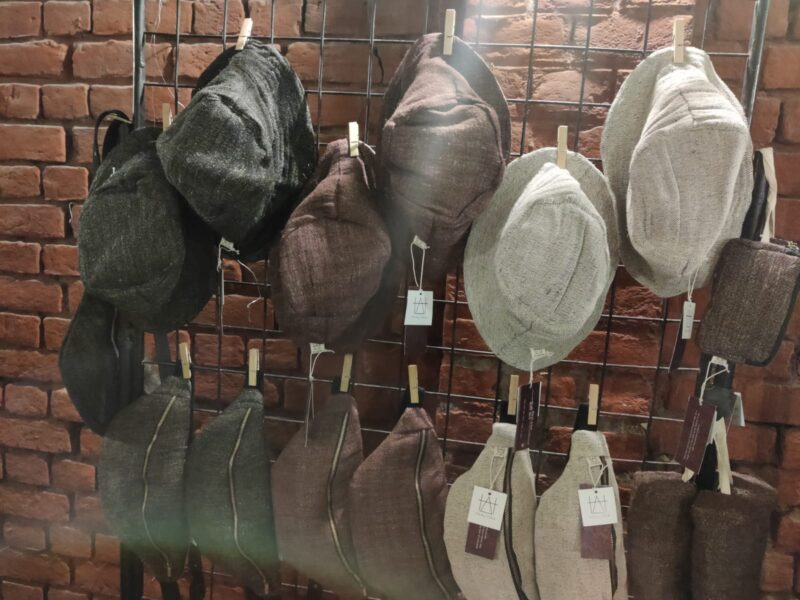
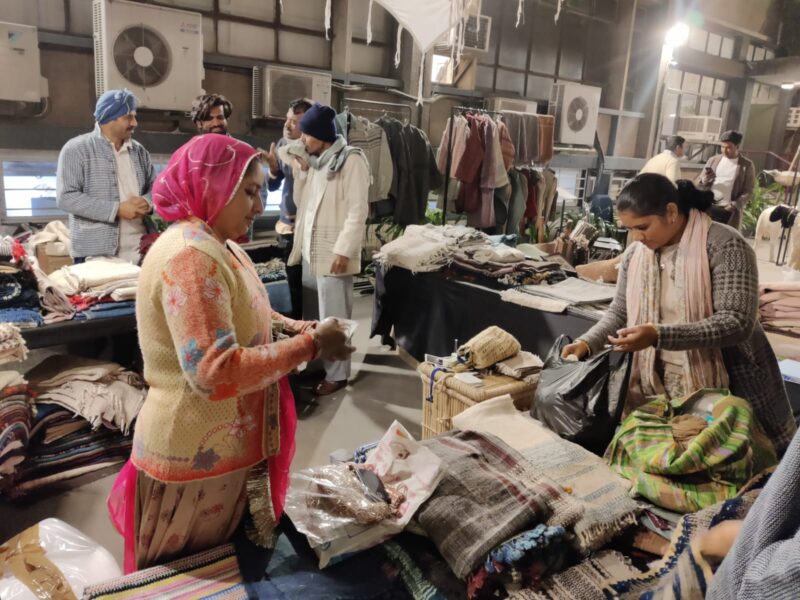
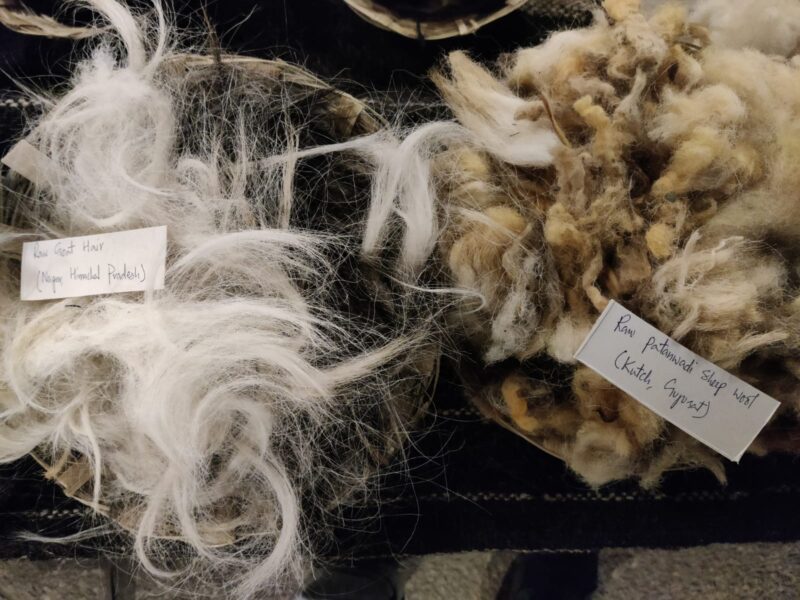
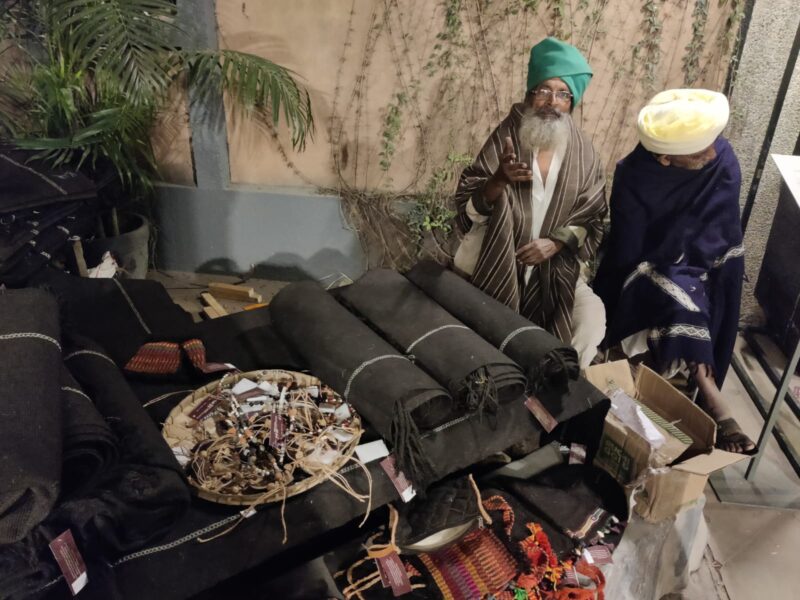
Follow us on:
Instagram: instagram.com/thepatriot_in/
Twitter: twitter.com/Patriot_Delhi
Facebook: facebook.com/Thepatriotnewsindia





